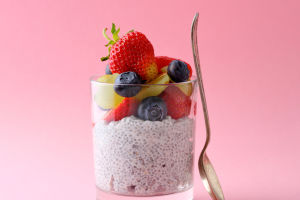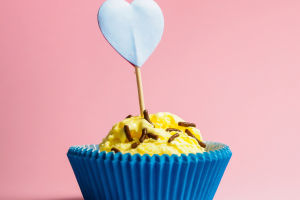Milk is one of nature's most versatile substances.
Through different chemical reactions, it transforms into a variety of dairy products such as cheese, yogurt, and butter, each with its distinct flavor and texture.
But what exactly happens during these transformations? Let's dive into the fascinating science behind these popular dairy delights.
How Milk Turns Into Cheese
Cheese-making begins with curdling, a process where milk is separated into curds (solid) and whey (liquid). The process typically starts by adding an enzyme called rennet or an acid like vinegar. This causes the milk protein casein to coagulate, forming curds.
Additionally, beneficial bacteria are introduced to kickstart fermentation. These bacteria break down lactose (milk sugar) into lactic acid, which contributes to the thickening of the milk and enhances the curdling process.
Once the curds form, they are carefully handled depending on the desired cheese type. The curds might undergo pressing to remove excess whey, salting for flavor, or aging to develop more complex textures and tastes. Each step fine-tunes the cheese's consistency and depth of flavor, giving us everything from soft mozzarella to sharp cheddar.
The Creation of Yogurt
Yogurt starts its life as milk, but with the help of heat and bacteria, it undergoes a complete transformation. To prepare milk for yogurt-making, it's first heated to around 180°F (82°C). This step not only eliminates harmful bacteria but also alters the structure of milk proteins, ensuring a smooth, creamy yogurt texture.
After cooling, beneficial bacteria are introduced, mainly Lactobacillus and Streptococcus strains, which ferment the milk by consuming lactose. The result of this fermentation is lactic acid, which causes the milk to thicken and gives yogurt its characteristic tanginess.
Yogurt's versatility makes it an integral part of diets worldwide. It is enjoyed as a snack, a base for smoothies, or even in savory dishes.
How Butter is Made
Butter comes from cream, which is simply milk with a higher fat content. The process of making butter starts with churning cream. During this process, the cream passes through different stages, starting as whipped cream before transforming into butter. The action of churning forces fat molecules to clump together, eventually separating from the buttermilk.
As the fat molecules bind, they create the rich, solid mass we know as butter. The final product can be salted or unsalted, depending on preference. Whether spread on toast or used in baking, butter is one of the most cherished dairy products worldwide.
How It's Made: Butter
Video by How It's Made
Why These Transformations Happen
Each of these dairy products relies on a delicate balance of chemistry. Proteins, fats, and sugars in milk behave differently under various conditions of heat, bacteria, and agitation. Enzymes help break down certain components, while bacteria ferments sugars into acids. These reactions create the solid, creamy, or tangy textures we associate with cheese, yogurt, and butter.
Next time you enjoy a slice of cheese, a spoonful of yogurt, or a pat of butter, you'll know that behind these simple pleasures lies a complex dance of chemistry that turns everyday milk into a world of flavors.


